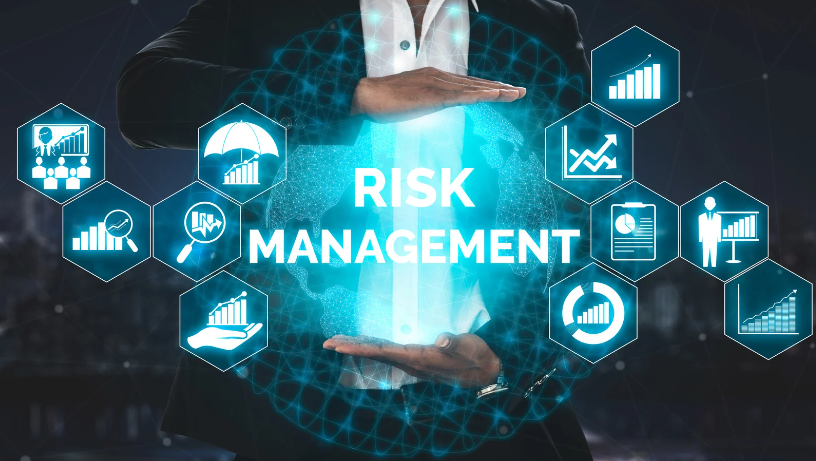Navigating the complexities of Third Party Risk Management Framework is crucial in today’s interconnected business landscape. As I delve into the realm of third party risk management frameworks, it becomes evident that organizations must proactively assess and mitigate potential risks posed by external partners. Developing a robust framework is not just a best practice; it’s a strategic imperative for safeguarding sensitive data and ensuring operational resilience.
In this article, I’ll explore the key components of an effective third party risk management framework, highlighting the importance of due diligence, monitoring, and continuous evaluation. By understanding the critical role of such frameworks in enhancing security posture and regulatory compliance, businesses can strengthen their risk mitigation strategies and build trust with stakeholders. Join me on this insightful journey into the realm of third party risk management frameworks.
Third Party Risk Management Framework
What Is Third Party Risk Management?
In my experience, Third Party Risk Management Framework refers to the processes and strategies a company puts in place to identify, assess, and mitigate the risks associated with vendors, suppliers, and other external parties that have access to the organization’s systems, data, or information. It’s crucial for businesses to have a clear understanding of these risks to safeguard their operations and protect sensitive assets.
Importance of Managing Third Party Risks
In today’s dynamic business landscape, navigating third party relationships is crucial for maintaining a secure operational environment. By establishing a comprehensive risk management framework, I can mitigate potential risks and enhance my organization’s security posture. Proactively identifying and addressing risks associated with external partners is key to ensuring a robust security stance and regulatory adherence.
Financial Implications
 Effectively managing third-party risks can have a significant impact on my organization’s financial stability. Non-compliance or breaches in third-party relationships can lead to financial repercussions such as fines, legal fees, and loss of business opportunities. By implementing a robust risk management framework, I ensure that I mitigate financial risks associated with external partners, safeguarding my organization’s financial health and reputation in the market.
Effectively managing third-party risks can have a significant impact on my organization’s financial stability. Non-compliance or breaches in third-party relationships can lead to financial repercussions such as fines, legal fees, and loss of business opportunities. By implementing a robust risk management framework, I ensure that I mitigate financial risks associated with external partners, safeguarding my organization’s financial health and reputation in the market.
Managing operational risks related to third-party relationships is essential for maintaining seamless business operations. Failure to address operational risks can result in disruptions to critical processes, data breaches, and damage to my organization’s reputation. By proactively monitoring and evaluating the operational aspects of my third-party engagements, I can identify potential risks early on and implement strategies to mitigate them effectively.
Steps to Implement a Third Party Risk Management Framework
Assessing Your Current Practices
 In evaluating my current practices, I first analyze existing third-party relationships and assess associated risks. I analyze contracts, service level agreements, and past performance to identify potential vulnerabilities. I also examine the adequacy of risk management processes in place and determine gaps that need addressing to enhance the overall risk mitigation strategy.
In evaluating my current practices, I first analyze existing third-party relationships and assess associated risks. I analyze contracts, service level agreements, and past performance to identify potential vulnerabilities. I also examine the adequacy of risk management processes in place and determine gaps that need addressing to enhance the overall risk mitigation strategy.
To seamlessly integrate the third party risk management framework into my business processes, I collaborate with key stakeholders across departments. I ensure all relevant teams understand the framework’s components and their roles in implementing it effectively. By aligning the framework with existing business processes, I streamline risk management efforts and ensure a cohesive approach towards mitigating third-party risks.
Challenges in Third Party Risk Management
Managing Diverse Vendor Risks
 When it comes to Third Party Risk Management Framework, one of the key challenges I face is managing diverse vendor risks. Each vendor comes with its own set of risks and complexities that need to be assessed and monitored continuously. It’s essential to have a structured approach in place to identify, prioritize, and mitigate these risks effectively.
When it comes to Third Party Risk Management Framework, one of the key challenges I face is managing diverse vendor risks. Each vendor comes with its own set of risks and complexities that need to be assessed and monitored continuously. It’s essential to have a structured approach in place to identify, prioritize, and mitigate these risks effectively.
Another significant challenge I encounter in Third Party Risk Management Framework is keeping up with regulatory changes. Regulatory requirements are constantly evolving, making it a daunting task to ensure compliance across all vendor relationships. Staying informed about these changes, understanding their impact on my organization, and implementing necessary adjustments in the risk management framework is crucial.


